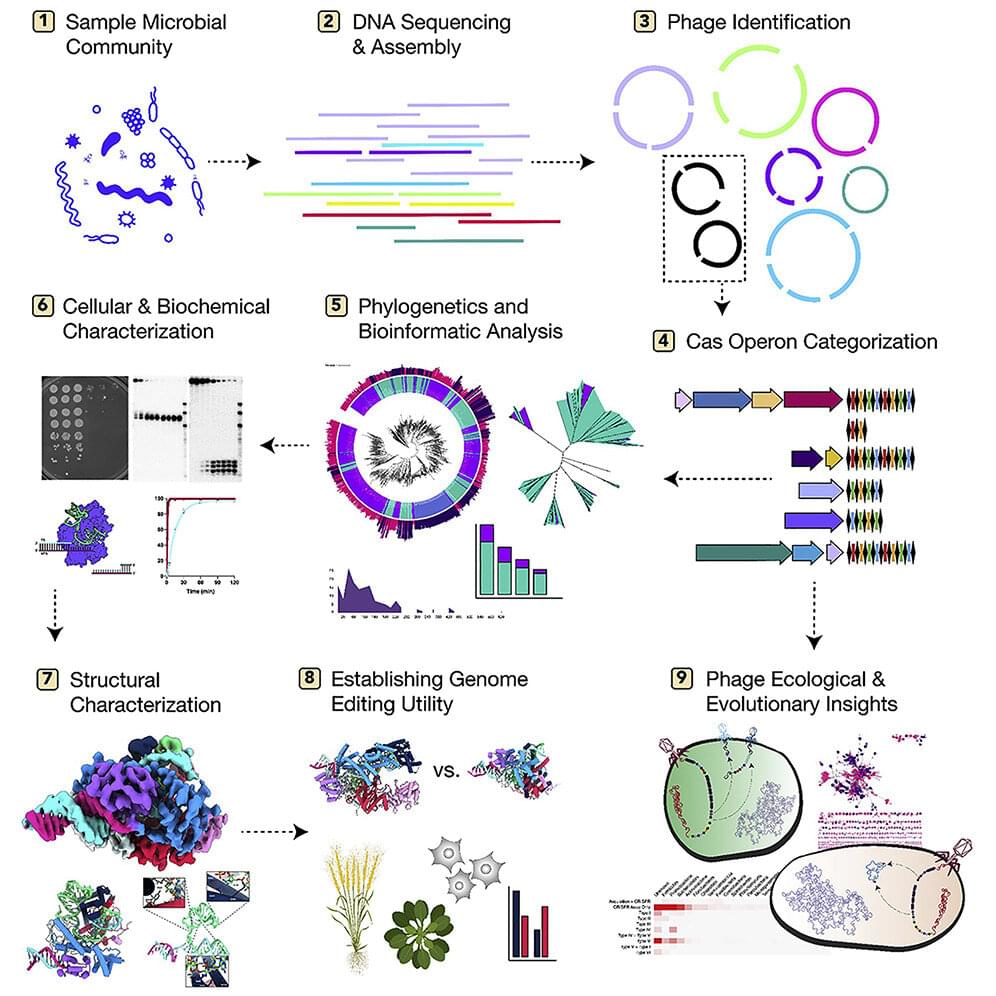In a breakthrough study, Japanese researchers at Osaka Metropolitan University have engineered the smallest motile life form ever. They introduced seven bacterial proteins into a synthetic bacterium, allowing it to move independently.
The rise of synthetic biology.
The new study is based on the synthetic bacterium called syn-3. The tiny spherical bacteria contain minimal genetic information, allowing them to grow and divide without motility.
The team experimented with syn-3 by introducing seven genes that code for proteins that are likely involved in the swimming motion of Spiroplasma bacteria.
UA/Wikimedia Commons.




